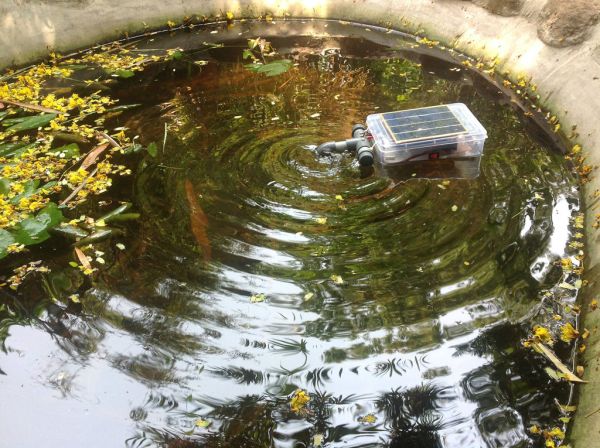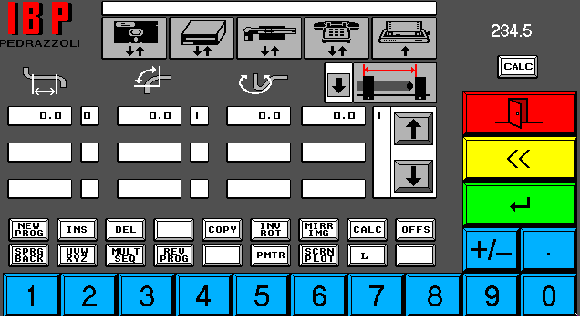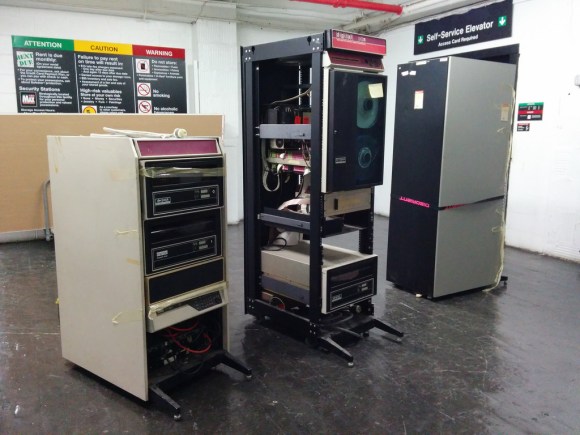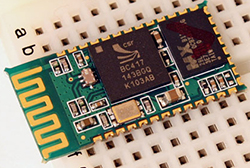Who out there hasn’t angrily thrown a game controller across the room after continually getting killed by some stupid game-controlled villain? That is such a bummer! You probably wished there was some way to ‘just get past that point’. To take a step in that direction, [Ben] created an Artificial Intelligence program that will win at Pokemon Blue for Game Boy Advance.
The game is run in a Game Boy Advance emulator known as Visual Boy Tracer, which itself is a modified version of the most common GBA emulator, Visual Boy Advance. What sets Visual Boy Advance apart from the rest is that it has a memory dump feature which allows the user to send both the RAM and the ROM out of the emulator. The RAM holds all values currently needed by the emulator, this includes everything from text arrow flash times to details about currently battling Pokemon to the players position in the currently loaded map. The memory dump feature is key to allow the AI to understand what is happening in the game.
Continue reading “Pokemon Artificial Intelligence Is Smarter Than You”







 f you’ve ever built anything with a microcontroller, some sort of sensor, and a connection to the outside world, you’re probably wondering how those places in China can pump out cheap electronics for a mere percentage of what it costs you to pull a DIY. It’s not just volume – it’s engineering; if something has Bluetooth, you find a Bluetooth module with a built-in microcontroller so
f you’ve ever built anything with a microcontroller, some sort of sensor, and a connection to the outside world, you’re probably wondering how those places in China can pump out cheap electronics for a mere percentage of what it costs you to pull a DIY. It’s not just volume – it’s engineering; if something has Bluetooth, you find a Bluetooth module with a built-in microcontroller so 








